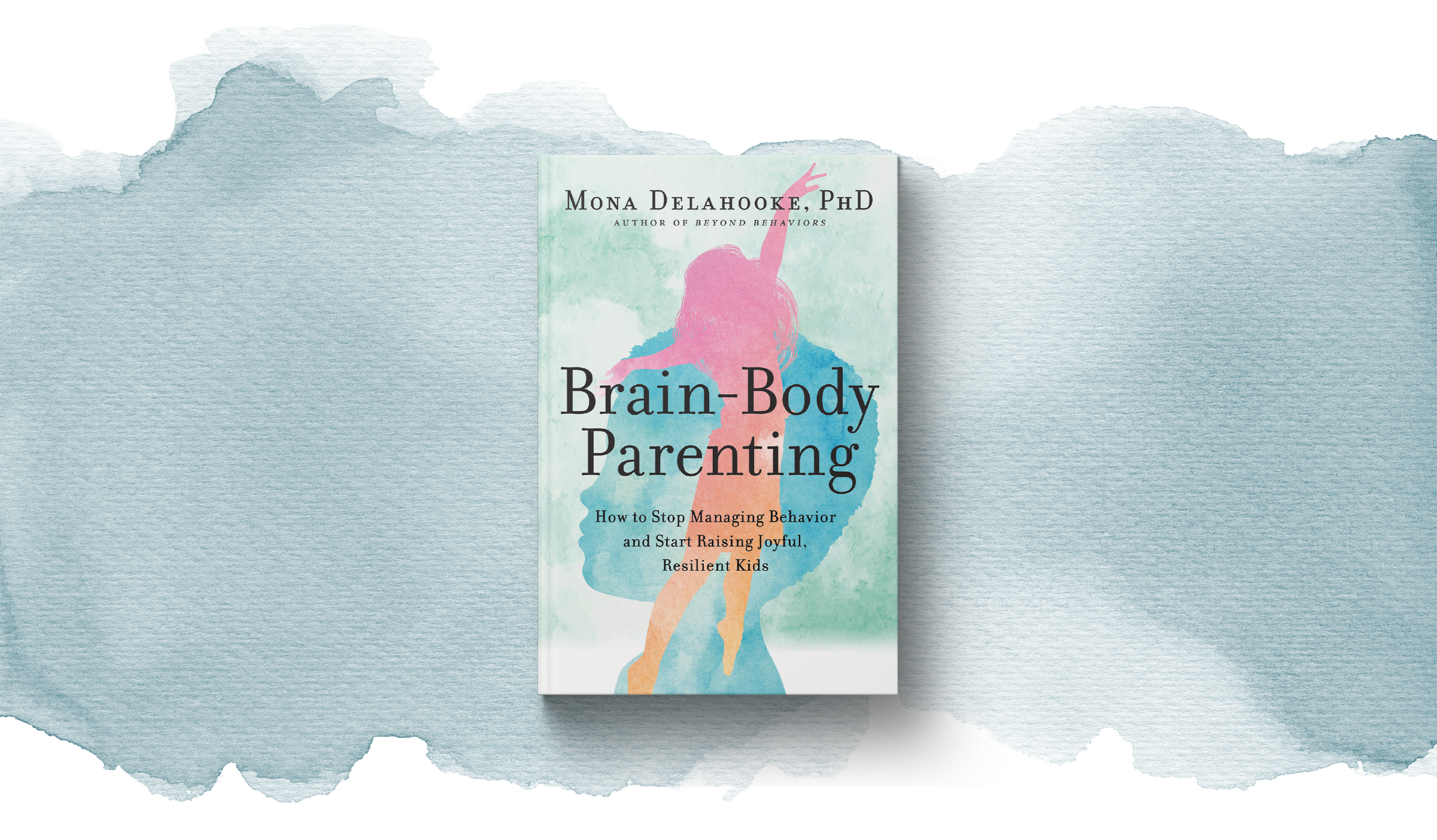
The DIR Model Approach to Behavioral Problems in Children
The DIR Model Approach to Behavioral Problems in Children

Serena Wieder
- Aug 29
- Behavior
by Dr. Diane Cullinane
When a child has a behavioral challenge- either doing something you wish they wouldn't or not doing something you wish they would, how do you respond? There are such a wide range of responses, depending on whether you are a parent, teacher, babysitter or other adult; how well you know the child; perhaps how you were raised, or what has worked in the past. We all have our natural instincts when it comes to how we handle behavioral problems in children.
But with a child with autism or other special needs, our usual repertoire of responses may not work. For a child with a social communication disorder, behaviors may not make sense to us, and their responses to our efforts may be the opposite of what we expected or hoped. Professionals, especially those with applied behavioral analysis training, are often taught to follow a rather rigid protocol involving incentives or rewards for compliance, ignoring behavioral problems in children that are thought to have the purpose of seeking attention, or giving some negative consequence like taking away a privilege for a child's failure to obey.
Elaborate reward systems can be developed with these rules. Unfortunately, although there can be temporary successes, a child may never develop understanding and care for other's feelings, and ultimately may use their cognitive skills to be manipulative or sneaky without a true moral compass.
The DIR approach to behavioral problems in children offers a quite different perspective. In the Developmental, Individual difference, Relationship-based approach, a child's behavior is understood in the context of the child's developmental capacities, unique biological differences, and relationships with those around him. A comprehensive understanding includes the child's language skills, motor development, visual-spatial learning, sensory processing and cognitive abilities. The response then becomes tailored to that child, and that adult, in that moment.
The first step to approaching behavioral problems in children is for the adult to try to attune to the child's emotional experience- are they bored? angry? nervous? surprised? disappointed? Then, an adult uses the power of their own emotions to relate to the child and create a productive interaction.
Mark was sitting in the classroom at an individual work station. An adult was standing over him, urging him to do his work. Mark tucked his chin and folded his arms in resistance. The adult was frustrated. She repeated sternly, "You have to do your work." As this standoff continued, and as commands and consequences were levied, Mark gradually pulled his legs up, covered his head and did his best to disappear into the chair.
There is another way to address behavioral problems in children. Teachers, parents, aids, professionals of all types must know that it is acceptable to be patient, kind, sensitive and supportive. It is good to use the human powers of emotional attunement to 'read' a child. How are they feeling? Actually, the organization of the emotion is a co-created experience. Through warmth, gentleness, and compassion, and adult can help a child to enter into a reciprocal interaction, that will elevate their communication, thinking and behavior to higher levels. In other words, a child will learn to use symbolic emotional thinking.
IEP goals and objectives banks are replete with tasks for a child to accomplish independently, however, paradoxically, a child who is successful in getting help from others, is ultimately more confident to persist and tolerate difficult situations alone. In the DIR approach to behavioral problems in children, adults are able to consider their relationship with a child, and their responses in a profoundly humanistic way. The result is not only success in overcoming difficult behaviors, but a deepening of bonds of trust and affection between child and adult.
Imagine the adult standing over Mark. What is she got down to his level, spoke softly, and offered to help? What if the level of support varied depending on how he was feeling each time he had to work?
The DIR, developmental therapy approach to behavioral problems in children includes not only what to do in the moment, but also how to observe patterns in the child's behavior and interactions, and how to create a plan to build underlying capacities needed for growth. This is a comprehensive model and can be applied universally to children with all different levels of ability and challenge. The outcomes are children who engage warmly with others, can communicate around a range of feelings, persist in shared problem solving, think creatively and logically about emotional challenges and reflect using their own values.
The capacity for warmth and emotional attunement is present in all parents, professionals and adult caregivers, but it is often discouraged. There is a need to reframe our thinking about children so that nurturance of the emotional life of the child is upheld as a priority, particularly for children with special needs. For adults with autism, the outcomes of a developmentally based interactions can mean the difference between isolation and successful social integration.
Dr. Cullinane is the author of Behavioral Challenges in Children with Autism and other Special Needs, the Developmental Approach. Available at: http://books.wwnorton.com/books/detail.aspx?id=4294990738

More on Behavior



